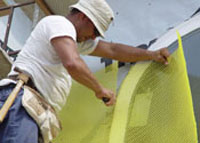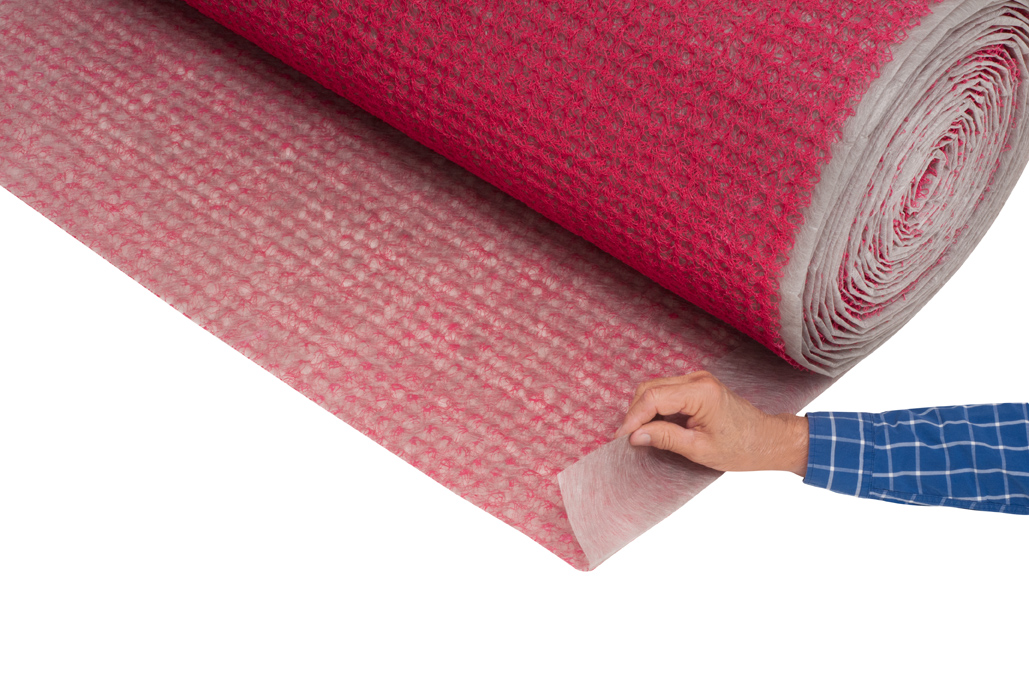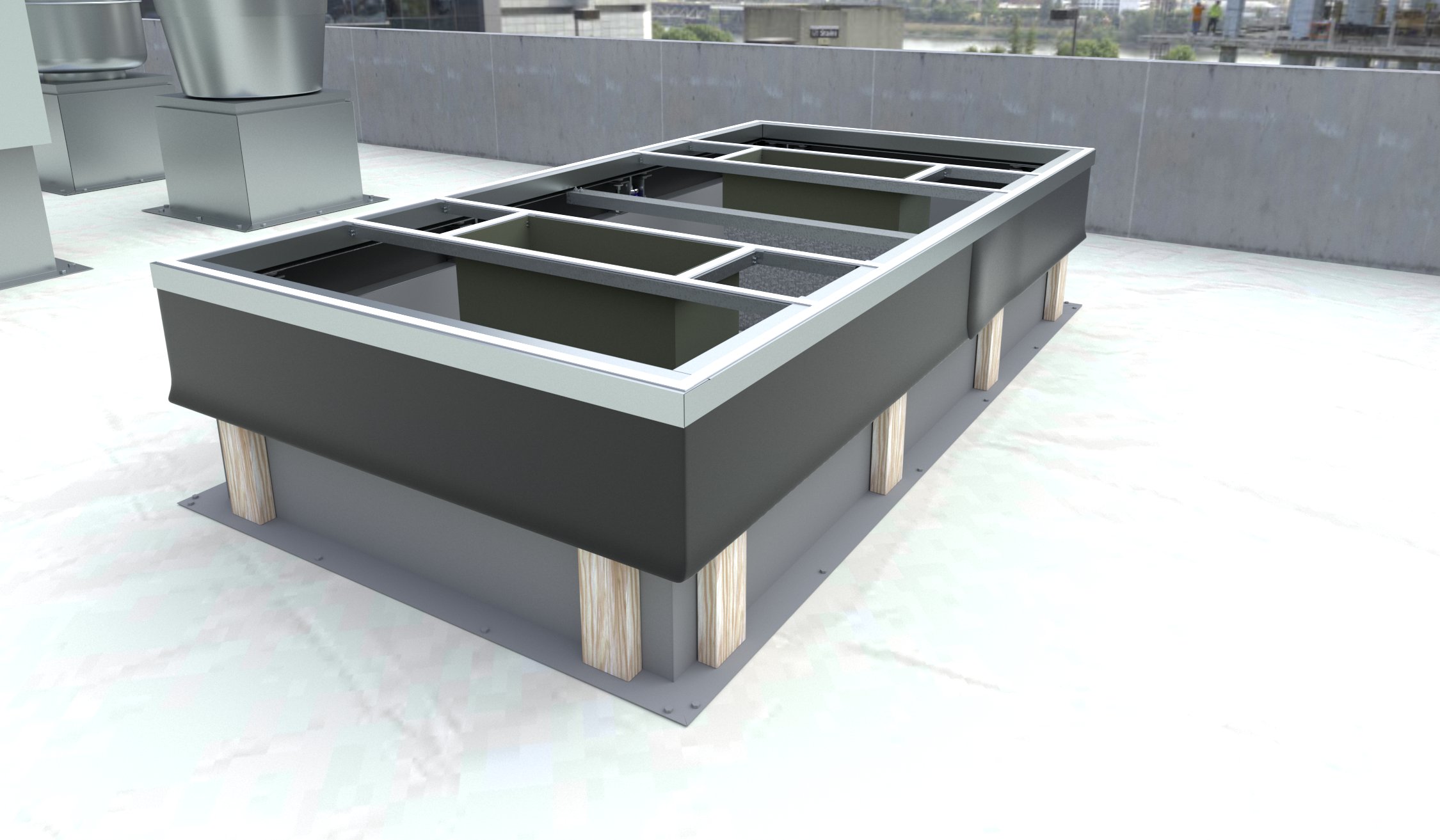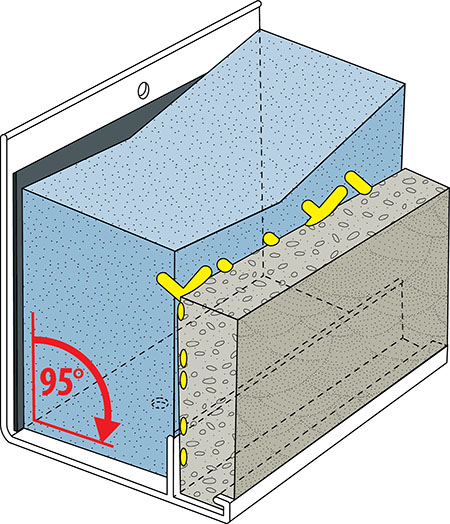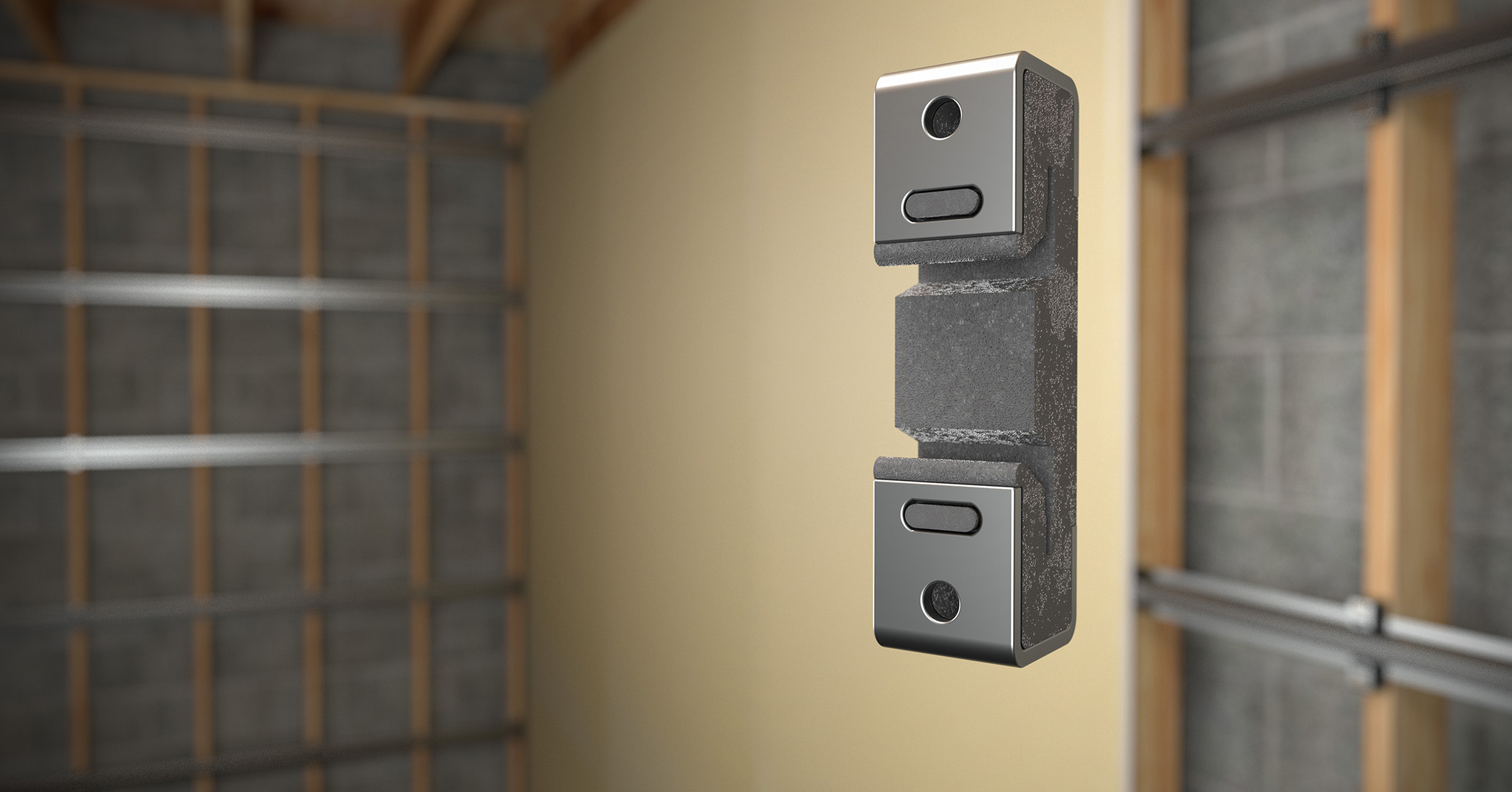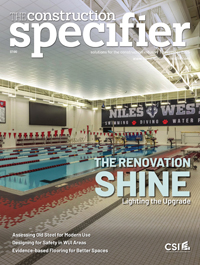Caring for glazed architectural terra cotta
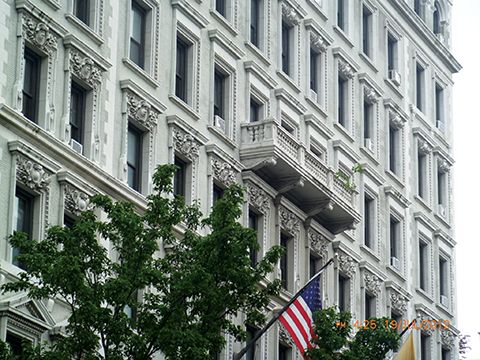
By Arthur L. Sanders, AIA, and Kara L. Shypula, Assoc. AIA
One of the most prevalent materials found on historic buildings, glazed architectural terra cotta was popularized in the late 19th century as a versatile, lightweight, economical, and adaptable alternative to stone. Through the 1930s, the sculptural properties of terra cotta gave rise to diverse architectural styles, including the Chicago School, High Rise, and Beaux Arts.
Weighing roughly one-tenth as much as stone, architectural terra cotta is composed of kiln-baked clay called bisque—a mixture of clay, previously fired clay products (or grog), and water—which is finished with a protective glaze. Terra cotta can be molded and fired at high temperatures to a hardness and compactness comparable to brick. Readily shaped into sculptural forms, it offered designers an extensive color palette and range of textures at a much lower cost than quarried stone.
After the 1871 Chicago fire, new building codes prompted the specification of terra cotta as a lightweight, fire-resistant structural element in floor framing systems. Hollow structural terra cotta blocks were thus incorporated into fireproof construction in floors, walls, and ceilings. The 1930s saw the introduction of ceramic terra cotta veneer, in which terra cotta was cast as ceramic tile, attached to a grid of metal ties, and anchored to the building as cladding.
Glazed architectural terra cotta is composed of hollow, hand-cast units, and adorns numerous noteworthy turn-of-the-century buildings, including the Woolworth Building in New York and the Wrigley Building in Chicago. As styles changed over time and production costs increased, terra cotta fell into disuse. In the late 1800s, there were more than 100 terra cotta manufacturers in the United States, but now, fewer than a dozen remain. The scarcity of qualified manufacturers and skilled craftspeople can present challenges to the ongoing maintenance and restoration of historic terra cotta.
When properly installed and maintained, terra cotta is a durable, long-lasting material. Most significant problems are due to inappropriate repairs, lack of maintenance, or both. By following good preservation practices, with attention to detail and workmanship equal to the original design and craftsmanship, building owners and design professionals can achieve lasting restoration solutions to deterioration.
Fabrication and construction
Relatively inexpensive and highly adaptable, terra cotta was often used for intricate ornamental detailing. Units are cast as hollow blocks, open at the back, with internal compartments, or webbing, that augment strength and loadbearing capacity without much added weight. For each unit type, models are prepared, sized to accommodate shrinkage from drying and firing. A mold is then made from the model, and the clay is pressed against the inside of the mold. Alternatively, terra cotta may be extruded or ram-pressed.
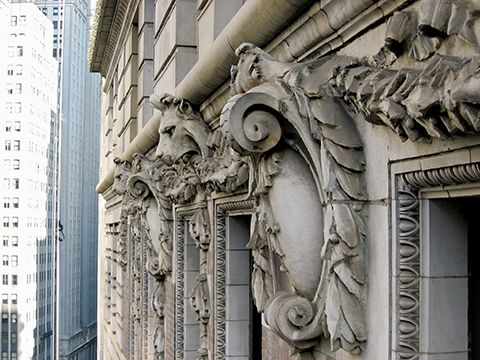
Once the mold is removed, the unit is finished by hand and allowed to dry. The outer face is sprayed or brushed with glaze—typically a slip glaze, clay wash, or an aqueous solution of metal salts. Not only does the glaze add color and finish effects, but it also creates a relatively impervious surface that protects the terra cotta from moisture penetration. Historic glazes tended to be highly fade-resistant and durable. Once the glaze has been applied, the unit is fired in a kiln.
Finished terra cotta units were typically installed with masonry backup and supported by steel lintels and angles. In early applications, bricks and mortar in the terra cotta cavities were sometimes used to provide a connection with the masonry wall behind. After the turn-of-the-century, terra cotta construction typically employed metal anchors or wires set into the masonry backup and placed into preformed holes or slots in the terra cotta units.
Deterioration causes
Exposed and freestanding terra cotta detailing, such as balusters and parapets, tend to deteriorate more quickly than other façade elements. Where anchoring is extensive and complex, deterioration and failure tend to be more pronounced. Deterioration to terra cotta used as load-bearing masonry tends to be less severe, owing to its simple or limited anchoring system, which presents fewer opportunities for corrosion-induced cracking and failure.
For most architectural terra cotta, deterioration may be traced to some combination of four basic factors: moisture infiltration, resultant corrosion of embedded steel, structural and thermal movement, and ill effects of improper repairs.



